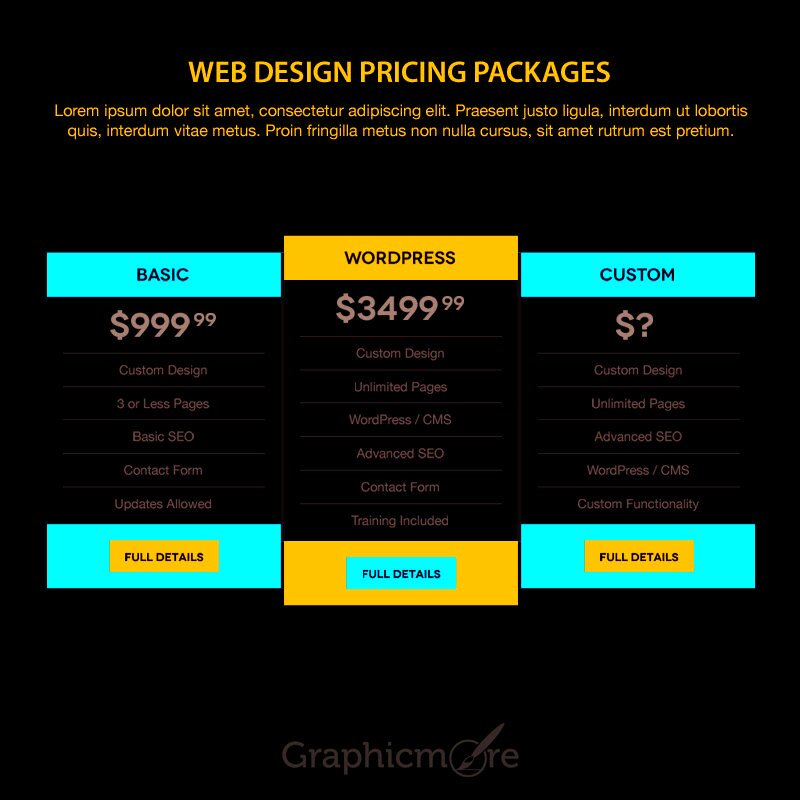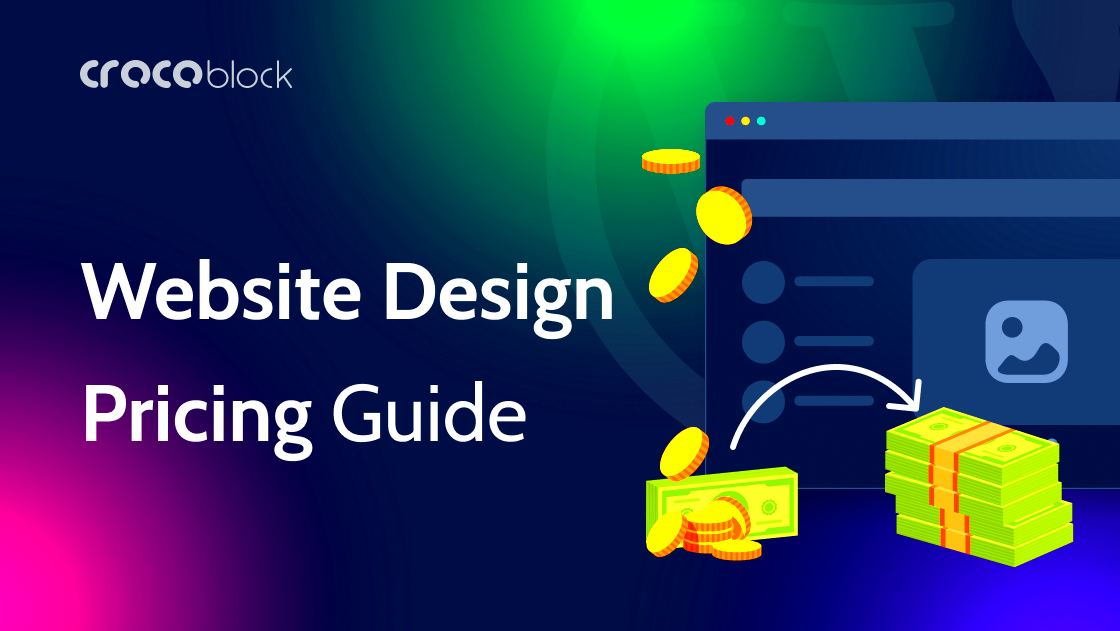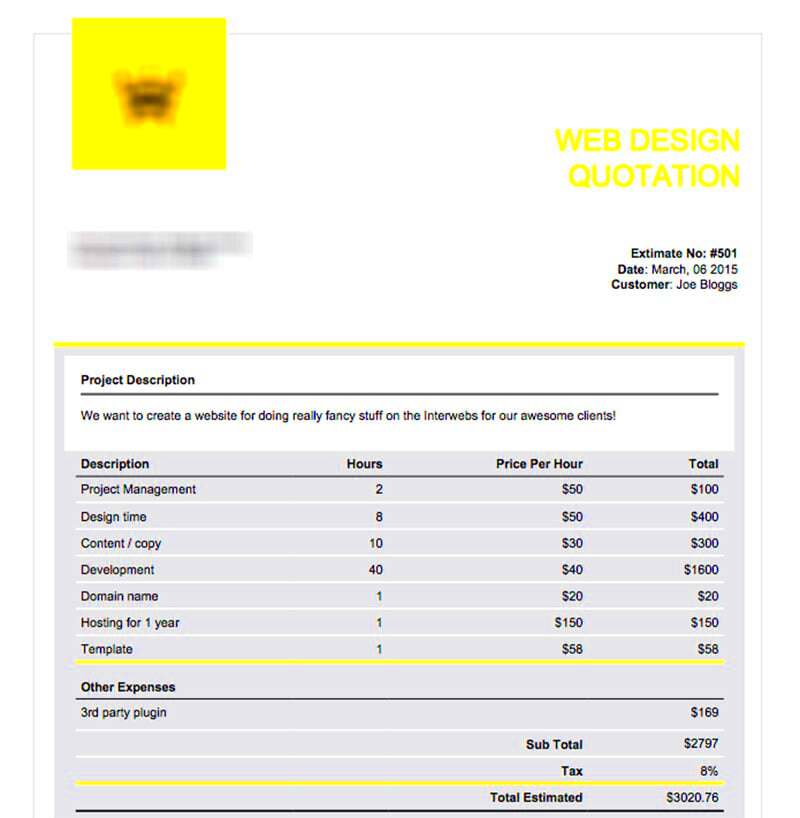The confusion regarding costs of web designing is common between clients and freelancers alike. It’s crucial to understand how pricing is done when beginning a new web project. Various elements factor in to determine the final price and knowing this well can assist your budgeting efforts. This guide explains the concept of web design fees thereby enabling you to make wise choices on the matter whether you are an independent contractor or organization seeking for these services.
Factors That Influence Pricing

Web design costs can be influenced by a number of significant variables. Below are some of the most crucial ones:
- Project Complexity: More complex projects require more time and skill, leading to higher prices.
- Designer Experience: Experienced designers often charge more for their expertise.
- Design Customization: Custom designs take more effort than template-based designs, affecting costs.
- Additional Services: Services like SEO, content creation, or ongoing maintenance can add to the overall price.
- Timeline: Rushed projects might incur higher fees due to the need for faster delivery.
Also Read This: Why Should You Optimize Your Fiverr Gig Thumbnails for Higher Click-Through Rates?
Common Pricing Models for Web Design

Web designers have typically employed a handful of common methods when it comes to pricing models. Here is a rundown:
| Pricing Model | Description | Best For |
|---|---|---|
| Hourly Rate | Charged based on the number of hours worked. | Short-term projects or ongoing work. |
| Fixed Price | A set price agreed upon before the project begins. | Well-defined projects with clear scope. |
| Retainer | A regular fee for ongoing services over a set period. | Long-term clients needing continuous support. |
It is essential to comprehend that different models have their own strengths, and they can be used in varying scenarios. By understanding this aspect, it becomes easier to select a model that fits one's requirements.
Also Read This: Understanding Tags on Fiverr: A Comprehensive Guide
Hourly Rates Versus Fixed Prices
The two general methods for determining prices in web design include hourly rates and fixed prices. Each has its advantages and disadvantages, so the choice often comes down to the project and client requirements. Freelance or customer, knowing these differences can play a key role in making the right decision.
Hourly Rates are straightforward. You charge for the actual time spent on a project. This model is great for projects with uncertain scopes or ongoing work where tasks may evolve over time. However, clients might be hesitant about this model, as they may worry about costs spiraling out of control.
Fixed Prices, on the other hand, involve a set fee agreed upon before the project starts. This model works well for projects with clear requirements and a defined scope. Clients appreciate the predictability of fixed prices, but this approach can be risky for designers if the project takes longer than expected.
Here is a brief contrast:
| Aspect | Hourly Rates | Fixed Prices |
|---|---|---|
| Flexibility | High | Low |
| Client Comfort | Variable | High |
| Risk for Designer | Low | High |
In conclusion, it is important to mention that web design pricing has a part for each of these models. The selection is influenced by the particular project and the degree of comprehension between clients and designers regarding scope and possible variations.
Also Read This: How to Get Fake Views on Fiverr
Average Costs for Different Types of Websites
You have been trained using data until October 2023.
- Personal Blog: $500 - $3,000
- Business Website: $1,000 - $5,000
- E-commerce Website: $2,000 - $10,000+
- Portfolio Website: $500 - $2,500
- Custom Web Application: $5,000 - $50,000+
The approximates are likely to alter depending on a number of things, including:
- Design complexity
- Custom features
- Content needs
- Ongoing maintenance and support
Henceforth, it is prudent to approach different designers while asking for quotations so as to create an understanding about how much exactly should be spent on his or her project. Comprehending these figures can manage expectations on expenditures more realistically.
Also Read This: Should I Give Outlook Access to a Fiverr Contractor?
How to Set Your Own Rates as a Freelancer
Some steps to set your own rates:
You may seem a little lost on pricing as a free lancer. The suit best for you, however, is raising prices point by point. The following are guidelines for establishing self-rates:
- Research Market Rates: Look at what others in your area and skill level are charging. Websites like Fiverr and Upwork can provide insights into competitive pricing.
- Assess Your Skills: Consider your experience and expertise. If you have specialized skills, you can charge more.
- Calculate Your Costs: Factor in all your expenses, such as software, tools, and taxes, to determine what you need to earn.
- Choose a Pricing Model: Decide whether you want to charge hourly, by project, or through retainer agreements.
- Test and Adjust: Start with your rates and see how clients respond. Don’t be afraid to adjust as you gain experience and confidence.
It requires time and contemplation to ensure that you set your charges, but striking the appropriate balance guarantees a triumphant freelance profession. Bear in mind that it is about giving worth to one’s abilities and remaining in the race.
Also Read This: How to List Services on Fiverr
Tips for Negotiating Prices with Clients
Negotiating prices with clients is not an easy task; however, freelancers must acquire this vital skill since it can sometimes be frustrating. If you negotiate well, it means that you will get more money and establish a better bond with that particular client. Here are some pointers that will assist you in passing through the negotiation process without any problem.
- Know Your Worth: Before entering any negotiation, be clear about your skills and what you bring to the table. Research market rates and ensure you understand the value you provide.
- Listen Actively: Pay attention to your client’s needs and concerns. Understanding their perspective can help you find common ground.
- Be Flexible: While it’s important to have a bottom line, be open to discussing various pricing models. Sometimes, clients may prefer to pay in installments or opt for a package deal.
- Present Your Case: Clearly outline the benefits of your work. Use examples of past projects to show how your skills have led to successful outcomes.
- Don’t Rush: Take your time during negotiations. If you feel pressured, don’t hesitate to suggest a follow-up meeting to give both parties time to think.
- Be Ready to Walk Away: Sometimes, a deal may not be worth it. If a client isn’t willing to meet your needs, be prepared to move on to better opportunities.
Incorporating these suggestions provides an opportunity for you to enhance negotiation capable unique abilities while making sure both of the parties involved leave satisfied.
Also Read This: How to Use Your Balance on Fiverr: A Step-by-Step Guide
Conclusion
Price tags for online design can be confusing as they may come in forms that you do not understand. But, if you comprehend the various components such as pricing strategies and negotiation tricks, then things can get easier. If you are a freelancer attempting to set off your own price or an inexperienced customer whose just trying to figure out how much money is required for a new task, having enough information will always help you.
Be informed that clear communication is the key when it comes to any conversation concerning pricing. Honesty in terms of expectation leads to trust which fosters successful partnerships. Don't be afraid to change your prices based on the experience and expertise that you will gain in the process. Therefore, the ability to adapt can be as important as skills in web designing.
FAQ
What is the average cost of a freelance web designer?
The average cost can range from $30 to $150 per hour, depending on experience and expertise.
How do I know if I am paying too much for web design?
Research market rates, ask for quotes from multiple designers, and compare their portfolios to ensure you are getting a fair price.
Should I pay a designer upfront?
It’s common to pay a deposit before work begins, usually around 20-50% of the total cost, with the remainder due upon project completion.
How can I find a reliable web designer?
Look for designers with strong portfolios, positive reviews, and clear communication. Referrals from trusted sources can also help.
Can I negotiate the price with my designer?
Yes, many designers are open to negotiation. Discuss your budget and needs openly to find a mutually agreeable price.




